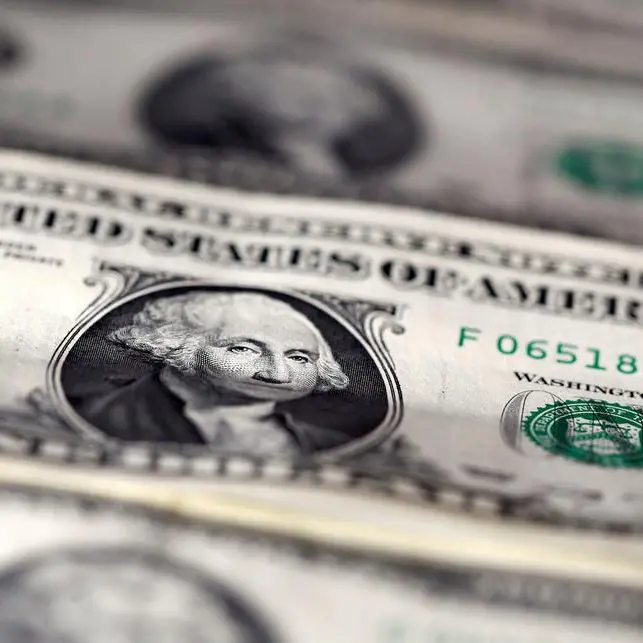PHOTO
LONDON - Filling market voids is what insurers do best. Floods, terrorism and earthquakes once caused devastating losses to businesses, but cunning actuaries at groups like Allianz and American International Group quickly created lucrative products to meet rising demand for future protection. The coronavirus has shaken that model. Insurers are already facing over $200 billion of losses stemming from the pandemic, and governments are the only entities with deep-enough pockets to cover the bill. Future viral crises will play out the same way.
Plans for dealing with the next pandemic are underway. In the UK, a steering committee is looking to create an entity dubbed Pandemic Re, a public-private enterprise that could shoulder some of the costs of another catastrophe. In the United States, where every month of the Great Lockdown could lead to as much as $431 billion in business losses, the sector is looking at an insurance plan modelled on the federal backstop of the Terrorism Risk Insurance Act of 2002.
Insurers have been here before. In the 1990s, an Irish Republican Army bombing campaign in the UK made terrorism coverage unaffordable. Pool Re was set up to allow insurers to provide affordable coverage to companies. The reinsurer then used the government as the insurer of last resort. This is just one of the many models being explored by virtually every state member of the Organisation for Economic Co-operation and Development, according to insurance sources. But given the sector’s limited resources, such ideas seem fanciful.
In the UK alone, the lockdown has put 4 trillion pounds of annual business turnover at risk. The insurance sector only has half of that amount in capital to cover losses. Similarly, U.S. insurers say they would not have the financial means to help every insured business affected by coronavirus, even if they were legally required to.
The problem boils down to pricing. Pointy-headed insurance boffins need frequency and severity to calculate the probability of a claim and how much they can cover. Pandemics don’t allow for such clarity. And while Covid-19 is deemed a once-in-a-century event, there’s no guarantee that there will not be another virus in 10 years that will cause just as much damage. That leaves governments to pick up the tab.
CONTEXT NEWS
- Lloyd’s of London could see underwriting and investment losses for the global non-life insurance sector reach a record $203 billion, Lloyd’s said on May 14. The insurance market is likely to pay out $3 billion to $4.3 billion in claims related to the coronavirus pandemic.
- Insured losses are likely to total $107 billion, in line with natural catastrophe losses in 2005 led by Hurricanes Katrina, Rita and Wilma; and Hurricanes Harvey, Irma and Maria in 2017, Lloyd’s said.
- Investment losses are seen at $96 billion. Its estimates do not include life insurance and assume continuing social-distancing and lockdown measures in 2020, as well as a drop in global GDP.
- Meanwhile, Zurich Insurance said on May 14 that property and casualty claims related to the coronavirus pandemic could total around $750 million this year, after booking $280 million such claims in the first quarter.
- The group’s solvency ratio tumbled to 101% from 129% under the Swiss company’s own economic modelling but remained within target range.
(Editing by Rob Cox and Karen Kwok)
© Reuters News 2020




















